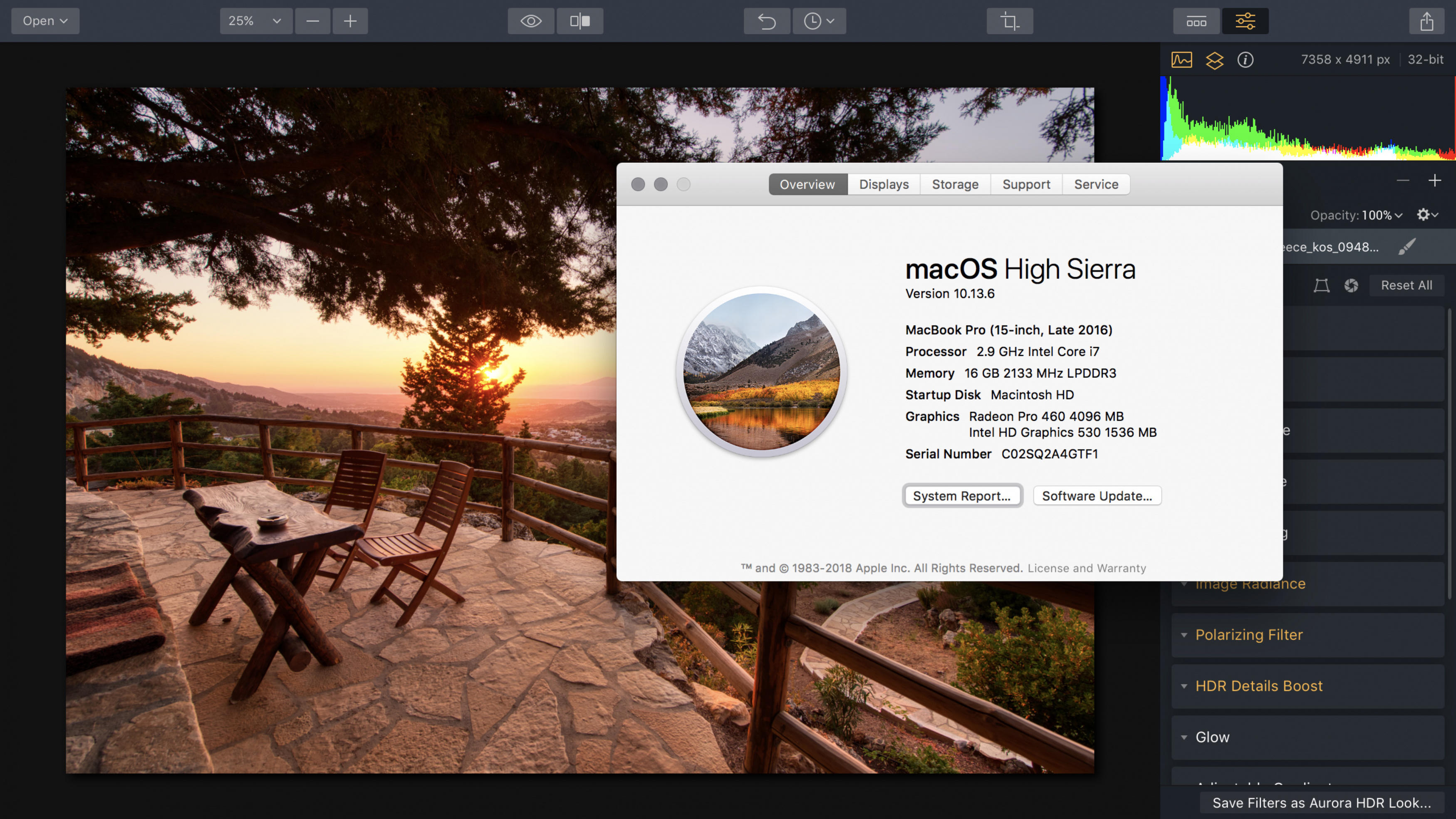

- ENROUTE 4 OPERATING SYSTEM REQUIREMENTS INSTALL
- ENROUTE 4 OPERATING SYSTEM REQUIREMENTS SOFTWARE
- ENROUTE 4 OPERATING SYSTEM REQUIREMENTS LICENSE
- ENROUTE 4 OPERATING SYSTEM REQUIREMENTS WINDOWS
Release notes, new fixes, and system requirements for all versions of Endpoint Protection The following table and notes list each supported Linux operating system and distribution, and describes support for each Rapid Recovery component or feature.These system requirements only apply to the initial release of Symantec Endpoint Protection 14 (build version.
ENROUTE 4 OPERATING SYSTEM REQUIREMENTS INSTALL
You can use agentless protection, or install the Rapid Recovery Agent. Linux operating systems are supported as protected machines in a Rapid Recovery Core.
ENROUTE 4 OPERATING SYSTEM REQUIREMENTS WINDOWS
For more information, see the topic "Support for Windows Server 2019" in Rapid Recovery 6.4 Release Notes. This includes all Server Core editions for all currently supported Windows Server operating systems.ĥ Rapid Recovery does not support protection of ReFS volumes running Windows Server 2019. Customers are advised to migrate to newer supported versions to continue backing up data using Rapid Recovery.Ĥ Rapid Recovery Core cannot be installed on Windows Core operating systems, which offer limited server roles and have no GUI. After this date, Rapid Recovery continues limited support for Windows Server 2008 R2 (SP1 only) in release 6.4.0. ģ Microsoft discontinues support for Windows Server 2008 R2 on January 14, 2020. For more information about these features, see "Generation 2 Virtual Machine Overview" in the Microsoft Technet article at. Azure VMs do not support Generation 2 Hyper-V VM features. Silent installation of Core is not supported.Ģ VM export to Azure works only for 圆4 editions of operating systems listed. OS Versionġ Follow guidance in Microsoft KB 3033929. Table 3: Rapid Recovery components and features compatible with Windows operating systems. Quest does not support operating systems that have reached end of life. NOTE: This matrix is provided to educate users on compatibility. Quest only supports Rapid Recovery Core on the standard (or "Desktop Experience") versions of supported Windows Server operating systems.

Quest does not support running Rapid Recovery Core on these minimal installations of the Windows Server operating systems. For additional guidance for sizing your hardware, software, memory, storage, and network requirements, see knowledge base article 185962, “ Sizing Rapid Recovery Deployments.”Ĭaution: Microsoft offers Server Core editions of their Windows Server products, which have a smaller footprint and limited server roles.
ENROUTE 4 OPERATING SYSTEM REQUIREMENTS SOFTWARE
īefore installing or upgrading Rapid Recovery Core on your Core server, ensure that your system meets the following minimum hardware and software requirements. Licensed Rapid Recovery users with an active maintenance agreement can manage two or more Cores from the QorePortal, which can be accessed at.
ENROUTE 4 OPERATING SYSTEM REQUIREMENTS LICENSE
If SQL Server is required on the Core machine – for example, if you are using Rapid Recovery DocRetriever for SharePoint–make sure you allocate more resources, in addition to those needed for efficient Core operations.ĭepending on your license and your environment requirements, you may need to install multiple Cores, each on a dedicated server. If possible, do not run server applications such as Exchange Server, Oracle, SharePoint Server, or SQL Server on the Core machine. For example, do not use the Core server as a high-traffic web server and do not run Active Directory as a domain controller on the Core server. Servers should not have any other applications, roles, or features installed that are not related to Rapid Recovery.


 0 kommentar(er)
0 kommentar(er)
